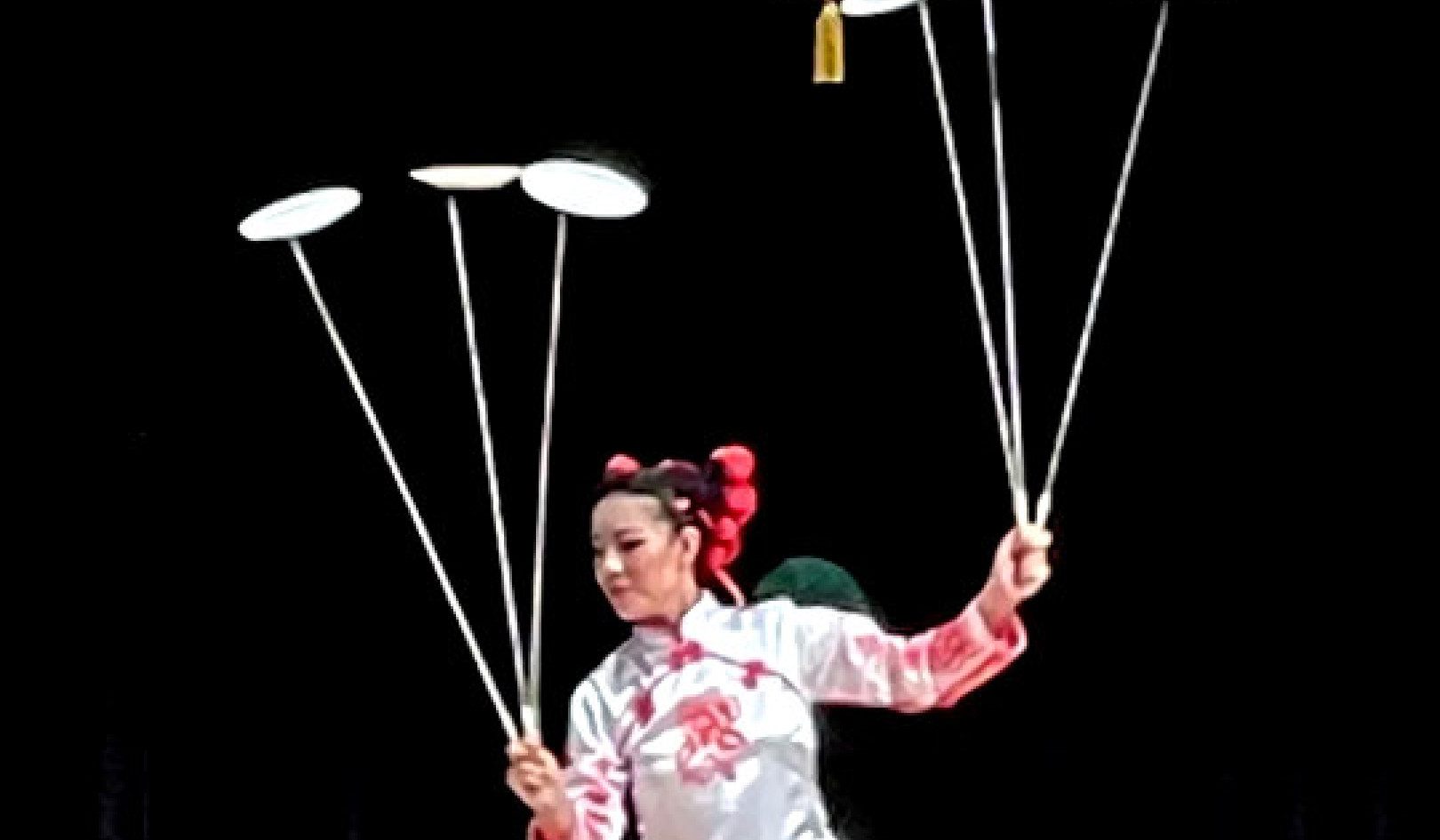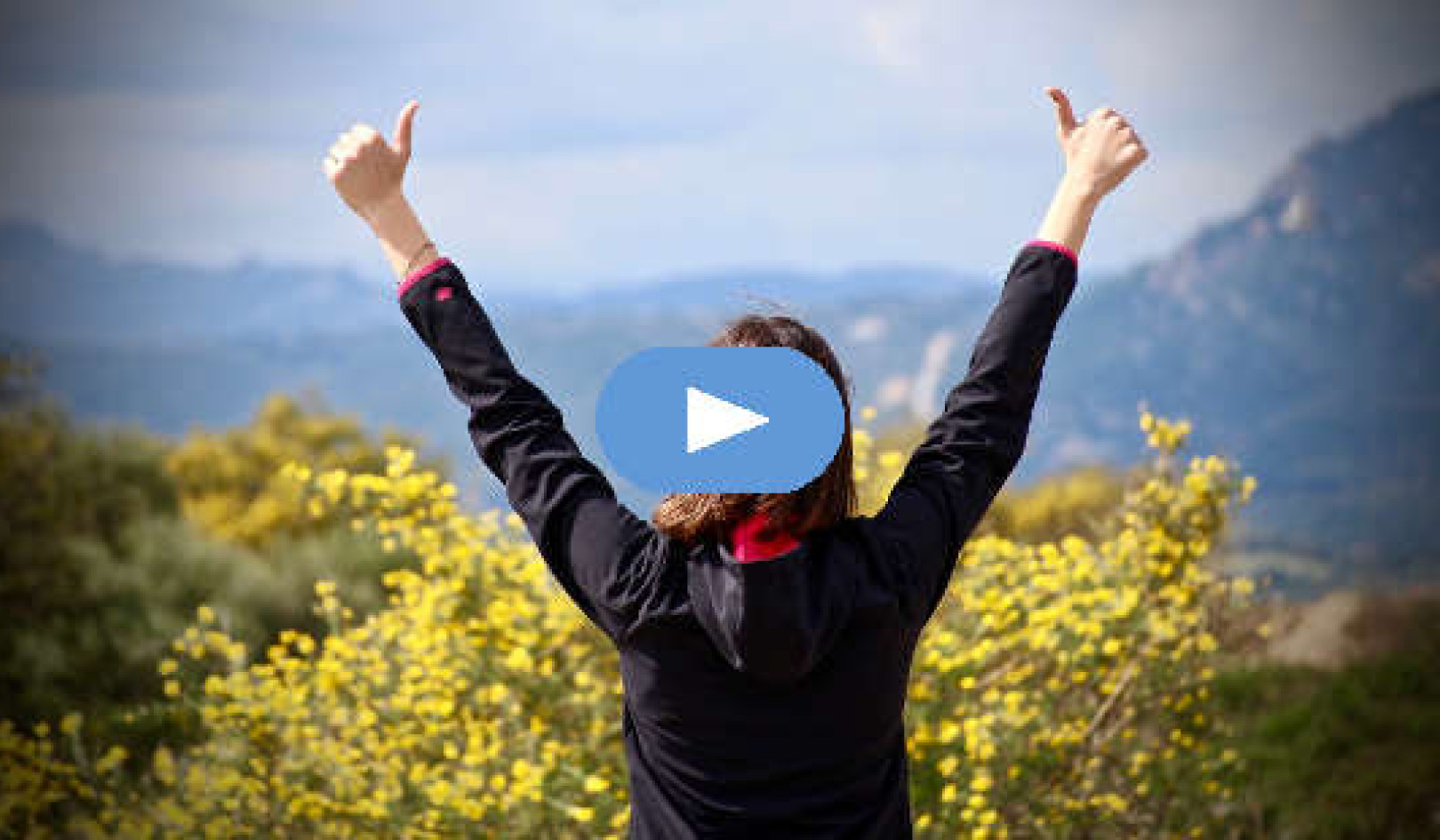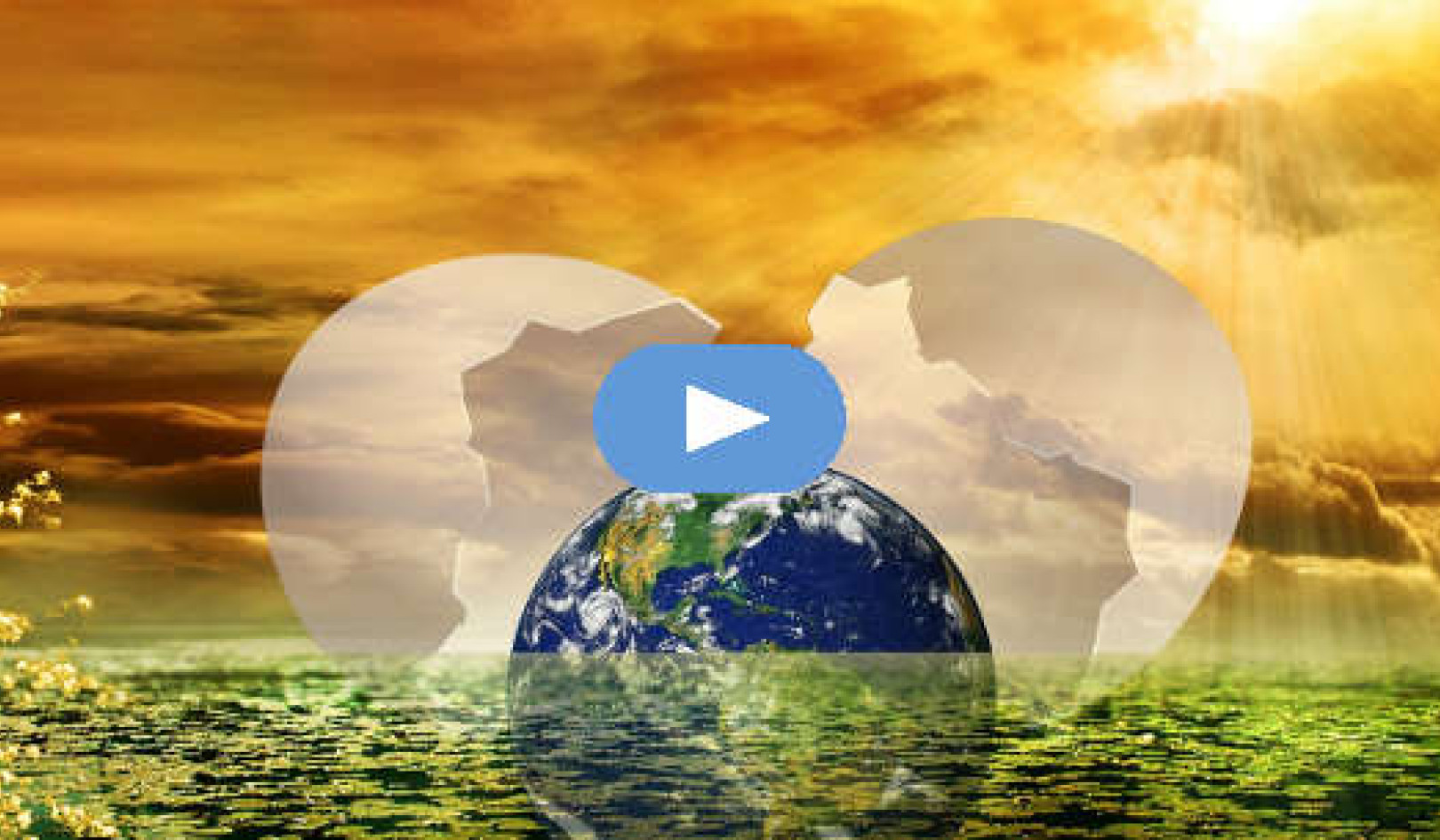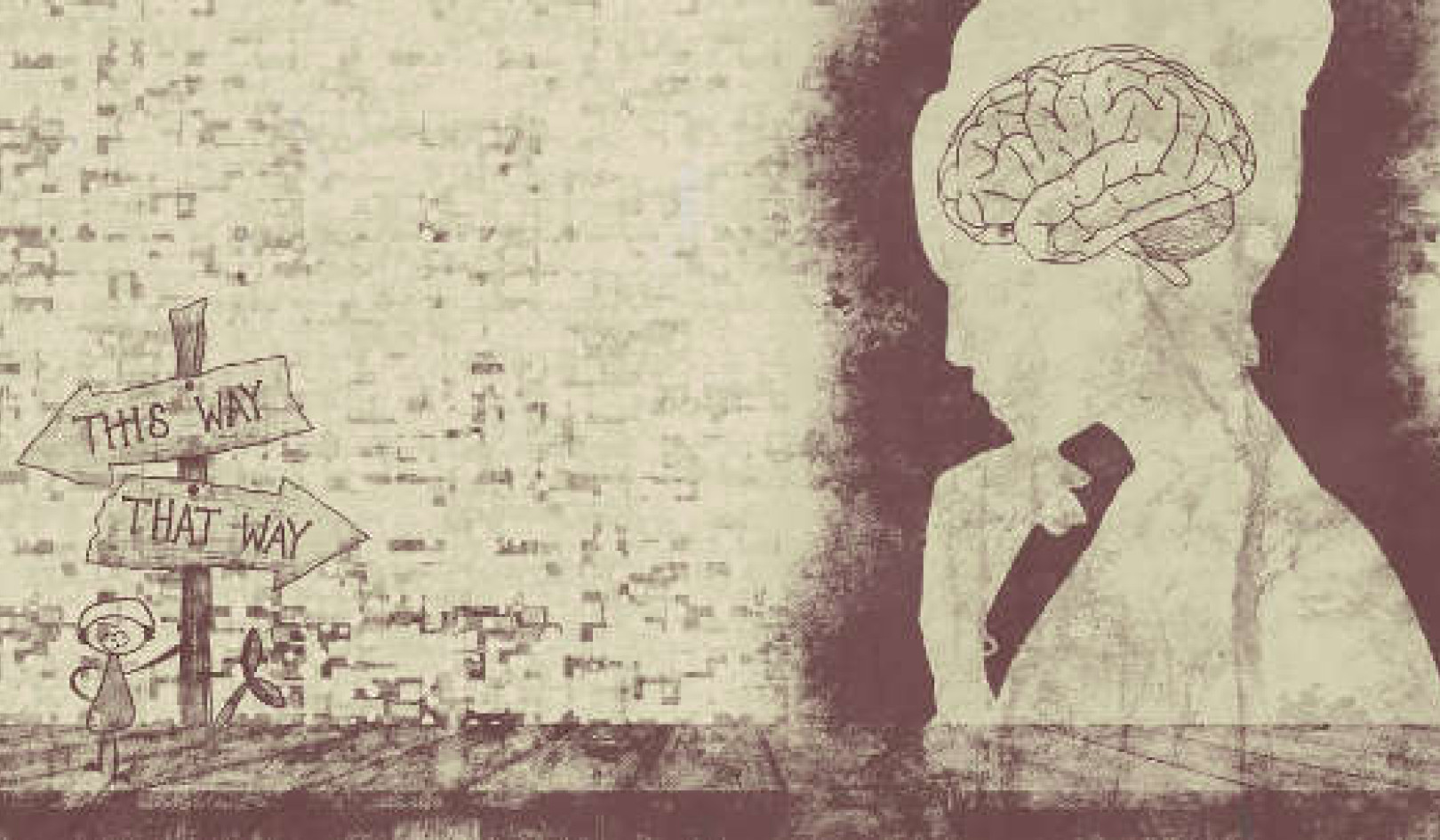
Some of the most hope-filled people I have known have been those for whom favorable outcomes might be described as a long shot at best. This tendency of hope’s to show up in the bottom of our suffering is said by some to be the meaning of the Greek myth of Pandora’s jar, also known as Pandora’s box. It is a story with as many versions as it has interpretations. A basic common component of the story’s many tellings is that when all the chaos and suffering had escaped Pandora’s mythic jar, only one thing remained at the bottom, and it was hope.
Some say this is a tale of woe in which hope is locked up by Pandora, kept out of reach while suffering roams with free rein. But I am more inclined to see this as a tale of origins, one that points us toward the source of hope, which is mixed in with all our suffering, there at the bottom of the jar, where we might least expect to find it.
Hope is often found in the last place you would expect it to be, which may actually be bad news for those of us whose lives are relatively comfortable or privileged. In my own experience, I have found that when the world is tilted in my favor, for whatever reason, I have less awareness of hope’s presence and persistence. It is when things go wrong, or when I find myself in a system stacked against me, that I start exercising hope with greater need and rigor.
Perhaps this is what W. E. B. Du Bois meant in The Souls of Black Folk, published in 1903, when he described the heartbreak he experienced in looking at his newborn son.
“How beautiful he was,” Du Bois writes, “with his olive-tinted flesh and dark gold ringlets, his eyes of mingled blue and brown, his perfect little limbs, and the soft voluptuous roll which the blood of Africa had moulded into his features!”
Then quickly followed Du Bois’s realization, equally fatherly, that already in his young son’s head was “a hope not hopeless but unhopeful,” acknowledging that as an African American child born into a world still governed by systemic racism, his son would soon enough see “a land whose freedom is to us a mockery and whose liberty is a lie.”13
A Hope Not Hopeless but Unhopeful: Giving Hope to Generations
A hope not hopeless but unhopeful is one born into the harsh realities of racism, sexism, poverty, and oppression. Sadly Du Bois’s son did not survive but died of diphtheria at the age of two, leaving his parents with unredressable sorrow. However, Du Bois maintained enough “hope not hopeless but unhopeful” to record his candid and painful observations about race and racism, giving hope to generations to come by naming the often-unnamed veil separating black from white in a country that claims to value equality.
When working for any long-term change unlikely to be achieved in our lifetime, we are advised by many wise teachers to let go of the hope of fruition, to aspire toward a new world while letting go of our need for results. As the Catholic priest Thomas Merton advised a young activist:
Do not depend on the hope of results. When you are doing the sort of work you have taken on, [. . .] you may have to face the fact that your work will be apparently worthless and even achieve no result at all [. . .]. As you get used to this idea you start more and more to concentrate not on the results but on the value, the rightness, the truth of the work itself. [The Hidden Ground of Love]
Hope Involves This Practice of “Gentle Intention"
Hope can be neither affirmed nor denied. Hope is like a path in the countryside: originally there was no path—yet, as people are walking all the time in the same spot, a way appears. — LuXun
“Try to focus your attention on the space above your head and below your feet,” I was instructed by Wang Maohua, a Tai Chi master in Beijing. “Extend your awareness to the space beyond your fingers,” he said. Gradually, my monkey mind let go of its aimless grip as my teacher led me in a meditative journey through my body, awakening me first to the space within my body and then beyond it. “Now,” he said patiently, after I had launched myself through the first few Tai Chi forms, “try not to move by pushing your body. Instead, let your body move by a gentle intention into the space around it, where your awareness is already waiting to meet it.”
Hope, it occurs to me, involves this practice of “gentle intention.” Hope takes full stock of where we are now, and then casts our awareness and imagination out beyond. It is not satisfied with the way things are but leans toward a new possibility, one not in evidence around us but one already inhabited by our awareness. It lifts our eyes and beckons us to Václav Havel’s wider horizon, a place he also called his domov or home, claiming it as a place of true belonging.
Hope Is Not About Standing Still
Notice hope is not about standing still. In the biblical account of the Israelites’ flight from Egypt, they had barely left when they lost their hope. Camped on the shores of the Red Sea, with nowhere to go as the Egyptian army approached from behind, they complained to Moses, asking why he brought them there. Was it to die in the desert because there were no graves for them in Egypt?
Moses was making his best effort to reassure them when God spoke up and said to Moses, “Why do you cry out to me? Tell the Israelites to go forward.”Don’t stop now. Move on. Keep going. So they did, and of course, as the story goes, the sea parted, making a path from no path, allowing them to cross from shore to shore.
The Hebrew word for intention, kavannah, literally means direction, reminding us that to change where we’re headed, we don’t need to make a sharp turn or travel far down the road. With the smallest shift in intention, we will already be going in a different direction, on our way toward a new destination. Casting our awareness out ahead of our feet, we make a path, step by step, moving forward to meet our awareness, our gentle intention, our prayer. This is what life is all about, said Martin Luther, “[N]ot rest but exercise. We are not now what we shall be, but we are on the way.[. . .] This is not the goal but it is the right road.” [The Theology of Martin Luther]
What Hope Asks of Me
“Hope” is the thing with feathers —
That perches in the soul —
And sings the tune without the words —
And never stops — at all —[...]
I’ve heard it in the chillest land —
And on the strangest Sea —
Yet — never — in Extremity,
It asked a crumb — of me.
Is it true? Does hope never ask a crumb of me or you?
Whether it asks or compels might be debated, but it can seem that when hope comes to visit us, we can expect consequences. The wind often changes when hope speaks in our lives. And one of the biggest changes is that hope frequently shows up with a traveling companion named love. Have you ever noticed the way hope often arrives with the opening of the heart? When we are moved to love, our vision is widened, allowing us to see well beyond the way things are. Love gives us the reason and ability to aspire toward a greater possibility for ourselves and for others whom we love.
Etty Hillesum’s life and words remind us of the connection between love and hope, and hope’s insistent call to resistance. A young Jewish woman living in Amsterdam in 1941, Hillesum left one of the twentieth century’s most powerful legacies of hope in the diary and letters she wrote during Amsterdam’s Nazi occupation and, later, in the death camps, where she died in 1942.
“Why is there war?” Hillesum asked, writing in her Amsterdam apartment after an unsettling encounter with the Gestapo in the streets. “Perhaps because [. . .] I and my neighbor and everyone else do not have enough love. Yet we could fight war and all its excrescences by releasing, each day, the love that is shackled inside us, and giving it a chance to live.” [Etty Hillesum: An Interrupted Life the Diaries, 1941-1943 and Letters from Westerbork]
For Hillesum, unshackling the love within meant she was compelled to keep her hopeful stance and to share it as a posture and act of resistance to the horrors of Nazi occupation and death camps. Waiting for her own deportment to the camps, she wrote,
“There is no hidden poet in me, just a little piece of God that might grow into poetry. And a camp needs a poet, one who experiences life there, even there, as a bard and is able to sing about it . . . and I prayed, ‘Let me be the thinking heart of these barracks.’”
Hope Changes the Orientation of the Heart
What does hope ask of us? More than a crumb, it turns out. Hope brings with it an orientation of the heart that will change your life.
If I made a list of the changes I have noticed accompanying that orientation of the heart in myself and others, it might include some significant effects: nonjudgmental acceptance of what is (without assuming it must continue to be so); future orientation, especially when the future looks bleak; openness to more possibilities than those most apparent; forgiveness—of others and ourselves; and commitment and action, a willingness to allow ourselves “in the obedience of faith, to be used by God’s Love,” as Thomas Merton put it, in his letter to the young activist. [Hidden Ground of Love]
IN YOUR OWN WORDS
 Imagine hope sitting down next to you and picking up something heavy that you’ve been carrying for a very long time. As hope takes this burden from you, every part of your body feels lightened. Maybe it almost seems like you could get up and skip. But before you can, hope leans close and whispers into your ear. What does hope say? What does hope ask of you?
Imagine hope sitting down next to you and picking up something heavy that you’ve been carrying for a very long time. As hope takes this burden from you, every part of your body feels lightened. Maybe it almost seems like you could get up and skip. But before you can, hope leans close and whispers into your ear. What does hope say? What does hope ask of you?
Begin writing from the prompt below and follow wherever it leads you.
Hope whispers in my ear . . .
*subtitles by InnerSelf
©2013 by Karen Hering.
All Rights Reserved. Reprinted with permission from
Atria Books/Beyond Words Publishing. beyondword.com
Article Source
 Writing to Wake the Soul: Opening the Sacred Conversation Within
Writing to Wake the Soul: Opening the Sacred Conversation Within
by Karen Hering.
Click here for more info and/or to order this book on Amazon.
About the Author
 Karen Hering is a writer and ordained Unitarian minister. Her emerging ministry of poetry and story, Faithful Words, offers programs that engage writing as a spiritual practice and a tool for social action. Her writing has been published in numerous periodicals and anthologies, including the Amoskeag literary journal, the Star Tribune (Minneapolis), and Creative Transformation. She serves as a consulting literary minister in St. Paul, Minnesota. Visit her website at http://karenhering.com/
Karen Hering is a writer and ordained Unitarian minister. Her emerging ministry of poetry and story, Faithful Words, offers programs that engage writing as a spiritual practice and a tool for social action. Her writing has been published in numerous periodicals and anthologies, including the Amoskeag literary journal, the Star Tribune (Minneapolis), and Creative Transformation. She serves as a consulting literary minister in St. Paul, Minnesota. Visit her website at http://karenhering.com/
























